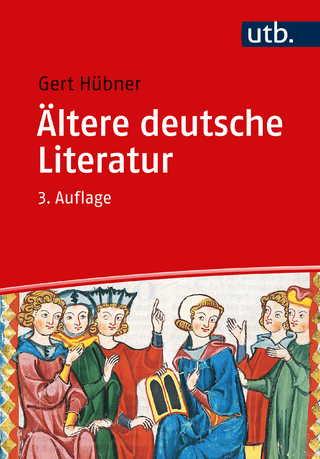
The Medical Formulary of Al-Samarqandi
And the Relation of Early Arabic Simples to Those Found in the Indigenous Medicine of the Near East and India
Seiten
1967
University of Pennsylvania Press (Verlag)
978-1-5128-0391-4 (ISBN)
University of Pennsylvania Press (Verlag)
978-1-5128-0391-4 (ISBN)
- Lieferbar (Termin unbekannt)
- Versandkostenfrei innerhalb Deutschlands
- Auch auf Rechnung
- Verfügbarkeit in der Filiale vor Ort prüfen
- Artikel merken
The Medical Formulary of Al--Samarqandi demonstrates the high development of pharmacology by the Arabs in the Middle Ages.
The Medical Formulary of Al-Samarqandi demonstrates the high development of pharmacology by the Arabs in the Middle Ages. It was far from a dark period in science for it was in this area, as well as in Arabic optics and chemistry, that experimental science first began to develop. This is shown by al-Samarqandi's work which describes many new drugs, chemical processes, and a more advanced pharmacological theory. No part of this work has ever before been brought to the notice of historians of medicine. For the first time, the authors give a complete translation of this Aqrâbōdhīn in order to present a complete picture of the pharmacological knowledge of the day.
There is a comprehensive section of Notes and Comments with particular attention being drawn to the present-day usage of old Arabic drugs, the employment of the drugs in the much earlier al-Kindi Medical Formulary, and to the etymological discussion of Arabic plant names not studied in previous works on the subject. Finally there is a Glossary of Arabic-English terms and a selected Bibliography.
The Medical Formulary of Al-Samarqandi demonstrates the high development of pharmacology by the Arabs in the Middle Ages. It was far from a dark period in science for it was in this area, as well as in Arabic optics and chemistry, that experimental science first began to develop. This is shown by al-Samarqandi's work which describes many new drugs, chemical processes, and a more advanced pharmacological theory. No part of this work has ever before been brought to the notice of historians of medicine. For the first time, the authors give a complete translation of this Aqrâbōdhīn in order to present a complete picture of the pharmacological knowledge of the day.
There is a comprehensive section of Notes and Comments with particular attention being drawn to the present-day usage of old Arabic drugs, the employment of the drugs in the much earlier al-Kindi Medical Formulary, and to the etymological discussion of Arabic plant names not studied in previous works on the subject. Finally there is a Glossary of Arabic-English terms and a selected Bibliography.
Martin Levey was Professor of History of Science at State University of New York at Albany. Noury Al-Khaledy was Professor of Arabic at Portland State College.
| Erscheinungsdatum | 02.02.2017 |
|---|---|
| Reihe/Serie | Anniversary Collection |
| Verlagsort | Pennsylvania |
| Sprache | englisch |
| Maße | 140 x 210 mm |
| Themenwelt | Geschichte ► Allgemeine Geschichte ► Mittelalter |
| Studium ► Querschnittsbereiche ► Geschichte / Ethik der Medizin | |
| ISBN-10 | 1-5128-0391-X / 151280391X |
| ISBN-13 | 978-1-5128-0391-4 / 9781512803914 |
| Zustand | Neuware |
| Haben Sie eine Frage zum Produkt? |
Mehr entdecken
aus dem Bereich
aus dem Bereich
eine neue Geschichte des Mittelalters
Buch | Hardcover (2023)
C.H.Beck (Verlag)
38,00 €


